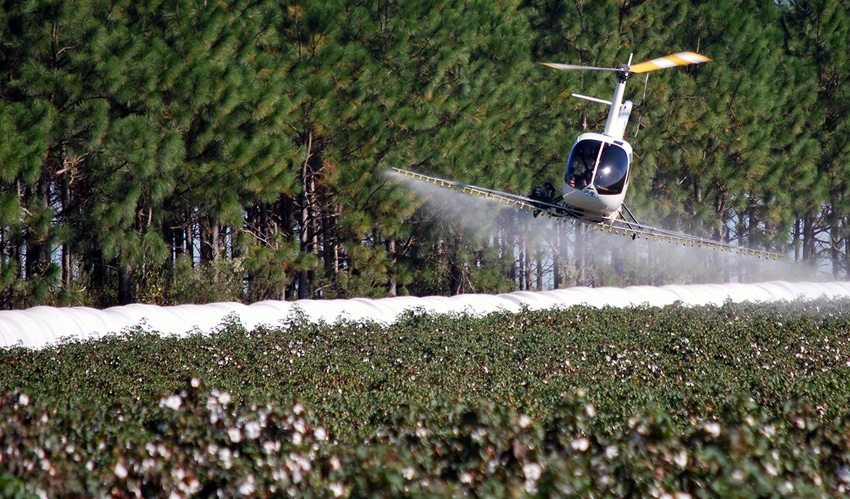
Cotton's going to do it naturally. It's a perennial. Leaves will drop and bolls will open, but growers can make the best decisions on when and what harvest aids to use to help the plant deliver the most yield, quality and return.
"In almost every situation, a combination of products works better than a single product, even the best single product at the highest rate," says Steve Brown, Alabama Extension cotton specialist, adding that most premium products on the market include two or three products in the mix.
Many growers have their own preference on how to handle harvest aids for cotton, but Brown says the standard, and the one he recommends, is the three-way approach, which gives far more consistent results and performance.
When it comes time to defoliate, Brown recommends a mix with a phosphate product, a thidiazuron product and a boll opener.
Brown and Tyler Sandlin, Alabama Extension crop specialist, talk more about product choices and defoliation options and timing in an Aug. 24 Alabama Extension video released by Eddie McGriff, Alabama Extension regional agent.
Most Alabama cotton growers want to get it done with one pass when it comes to a timely defoliant program. Getting a timely defoliation is just one part of a season's end, though. The cotton still needs to be harvested, properly handled to reduce plastic contamination and delivered to the gin.
"The urgency of harvest! … If we get the leaves off, let's get the crop. Waiting. Waiting. Waiting can cost us big in many ways. Let's go get the crop," Brown says.
According to the National Agricultural Statistics Service Southern Region office's Aug. 12 report, Alabama growers planted 470,000 acres and planned to harvest 465,000 acres, or roughly 75,000 acres less than 2019. The forecast average yield is 981 pounds per acre, or 53 pounds more than last year's average.
About the Author(s)
You May Also Like






